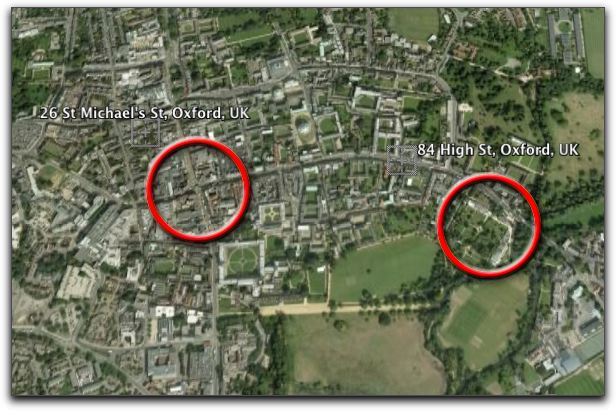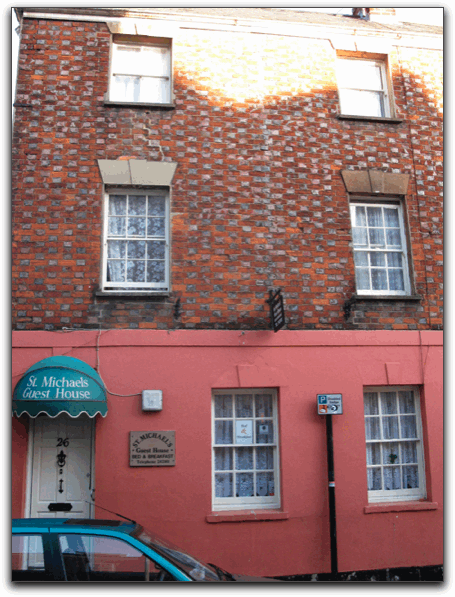
on St. Michael's Street (indeed, all of one block long)
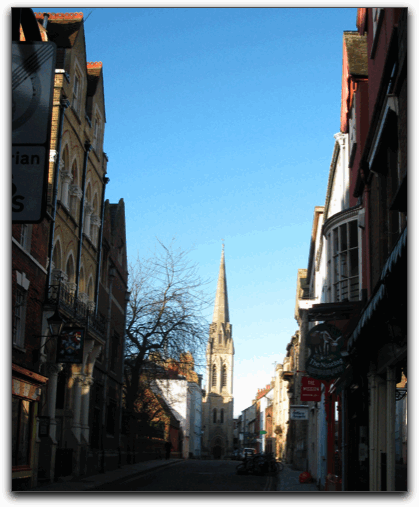
and were out exploring downtown Oxford before dinner.
We were able to sleep a few hours in Jerusalem before we were driven to Ben Gurion Airport. Nonetheless, we arrived before dawn for a 9:00 AM flight.
Somehow we had set the GPS to lead us by the "eco" route (as contrasted with the other two options: "fastest" or "no tolls" routes) which was just as well. We might have been a bit too green to do highway driving that first time out. We arrived in Oxford before dusk, were able to park the car right in front of our B&B

on St. Michael's Street (indeed, all of one block long)

and were out exploring downtown Oxford before dinner.
Aside from dinner, our most important task was to find a local adapter for the computer's power supply. When we traveled to Europe the first time in the van in 2006, Mark did research and found a "Universal" adapter. This worked throughout Continental Europe. However, whoever made the suggestion of the adapter we bought then must have been from England, as we were disappointed to learn when we arrived in Heathrow airport outside of London on our way home that our plug would not go into the sockets available. This time, we noticed immediately that we had the same problem. We asked a few people in various shops in a major shopping mall for the local variant of Radio Shack and were directed to Currys, which seems more like a Circuit City than a Radio Shack. There we found the appropriate piece of equipment (fifteen minutes before closing time).
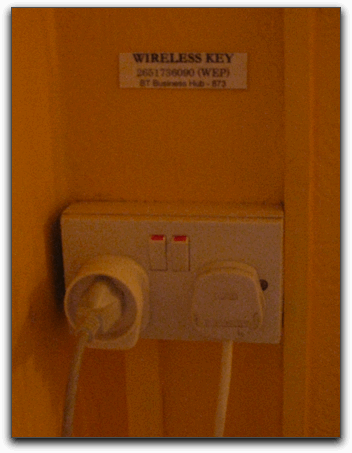
That's our plug and adapter on the left. The building we stayed in is 500 years old, yet, perhaps because it is in a university town, it has excellent WiFi connection and information on how to log on.
The B&B had a number of other interesting signs… on nearly every wall. Our favorite was this reminder:
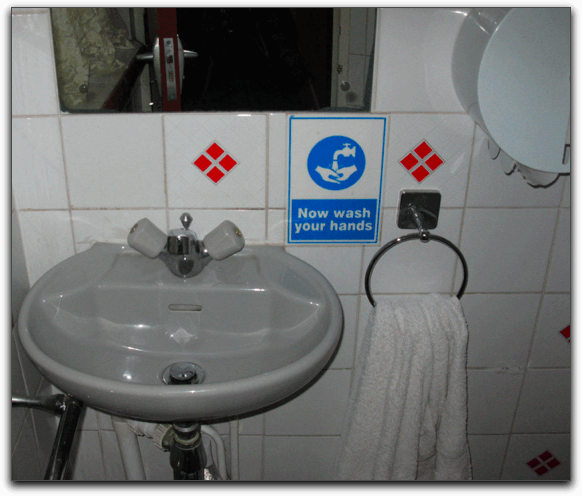
The following morning, after moving the car to a public parking lot for the day, Mark found his way back to St. Michael's Street where he noticed one of his favorite "non-Jewish Jews". He was not aware (and, perhaps even a bit pleasantly surprised to learn) that Leon Trotsky (Lev Bronstein) might still be considered an intellectual touchstone.
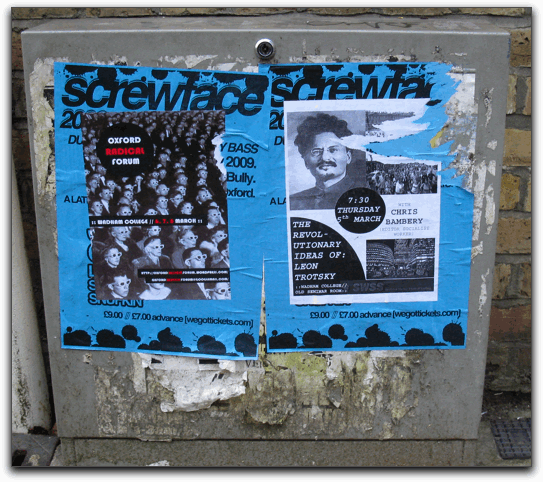
Some suggest that the Jewish presence in England has been invisible. We hoped to make some of that a bit more conspicuous. Before we left New York we made contact with Jewry historian Pam Manix who is an authority on the Jews of medieval, or pre-expulsion Oxford. Thursday morning, we met Pam at The Grand Café which according to Samuel Pepy's Diary is the site of the first coffee house in England.
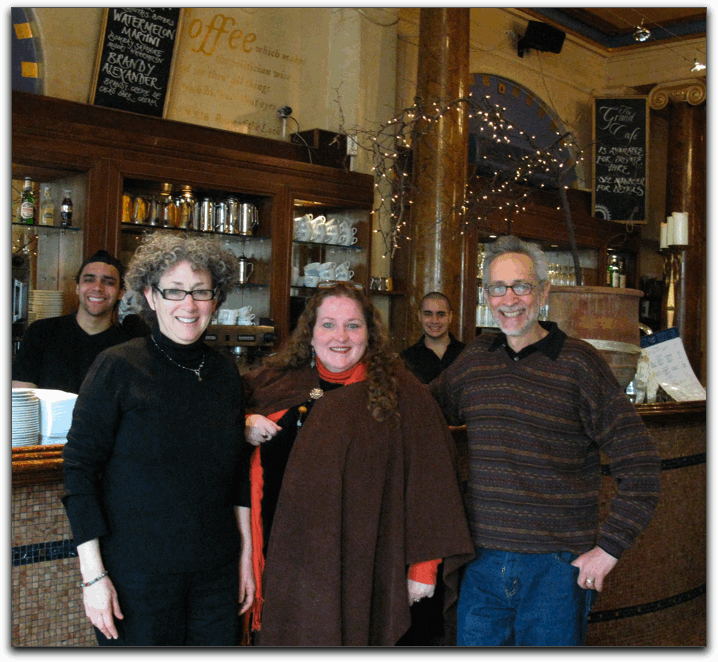
The interior of the coffee house has been transformed completely since the 1650s. From our little table in a front corner by the windows under a bright blue sky, Pam showed us her carefully detailed maps of how she had "discovered" that "Deadman’s Walk" was the route through the old Jewish quarter to the Jewish cemetery (now the Oxford Botanic Garden). She regaled us with stories of the extensive and (for the most part) comfortable Jewry that existed.
We sat sipping our hot chocolate and learning about medieval Oxford Jews at 84 The High Street, barely .3 mile (down the street to the left where the red busses are) from this corner:
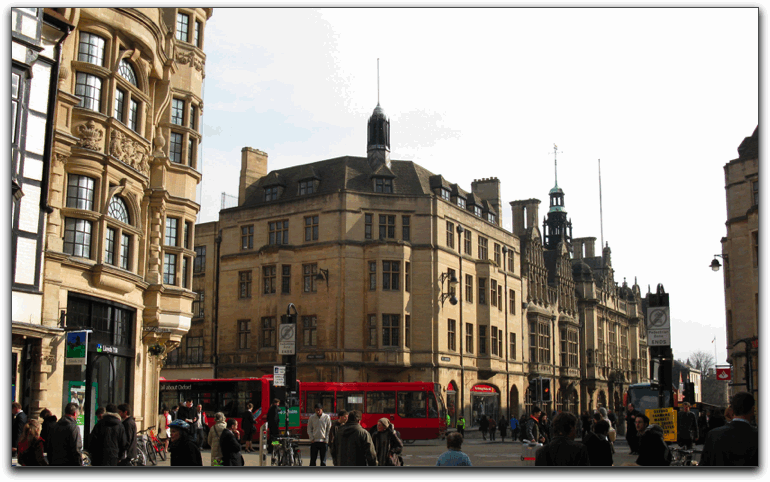
Today in 2009, this building is the site of the Edinburgh Woolen Mills outlet store at Carfax, on the corner of St. Aldates (which was "Great Jewry Street") and The High (via altus), which was the location of the house of Aaron fil Isaac ("Aaron son of Isaac").
It is mention of this house, in 1141, that represents the first documented reference to a Jew in Oxford. During the Anarchy of the civil war between Stephen and Matilda, Stephen demanded money from the Oxford Jews to enable him to pursue his cousin Matilda who had escaped his siege of Oxford the night before by escaping with three knights during a blizzard, because they all dressed in white. The Jews of Oxford said that they had no money to give King Stephen because Matailda had cleaned them out the night before on her way out… Stephen torched this house, of Aaron fil Isaac and said that he would "burn down the entire Jewry" if they did not come up with the sum he needed immediately. They did [come up with the sum].
Another Web site that describes (and illustrates) some of the medieval Jewish connections to Oxford is available here. Pam had a tour to give and we parted paths, but have maintained contact.
Our exploration in the tiny, approximately one-mile radius of downtown Oxford, included a walk through the old covered market where we were surprised to see bagels offered instead of biscotti.
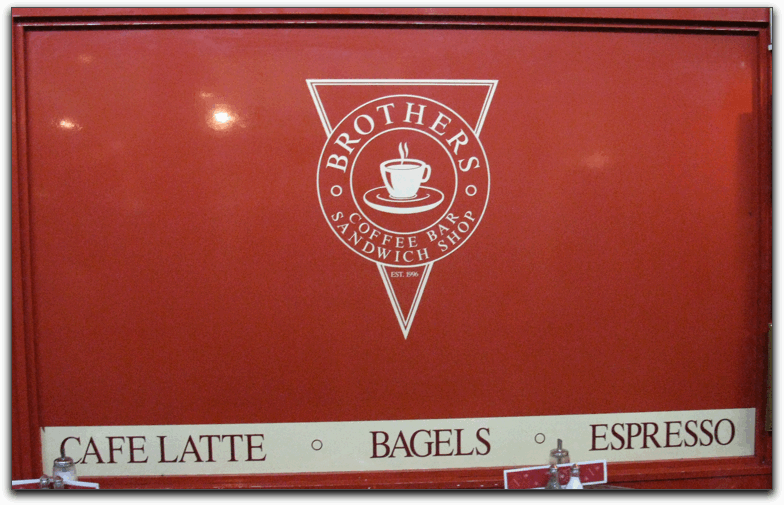
And a visit to the little open-air market above the parking lot where Mark had stored the car. There, in addition to the usual cheeses and meats, but few local vegetables, we found a number of second-hand items in various stalls. Always on the lookout for Judaica of various kinds, Mark was able to find something that would more easily fit in the category of anti-Semitica: a little painting of Fagin (in the red circle). Other than a collector of oddities (such as the "Humpty Dumpty" a bit above to the right), who would have, or display, such an item in their home?
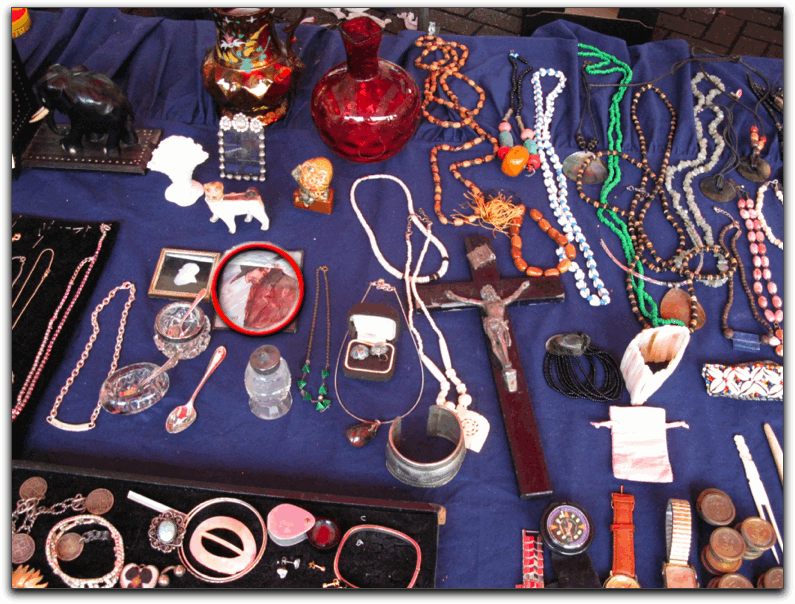
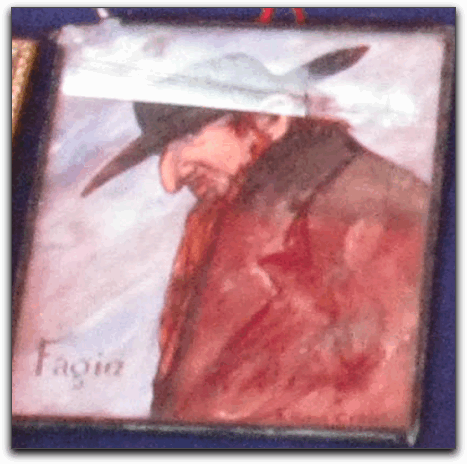
There were other odd representations. Signs in Israel indicating that a particular portion of roadway was under camera surveillance for speeders used a very old image of a camera, one that most people would unlikely recognize. Strangely enough, that same image appears on comparable signs in Oxford (and throughout England):
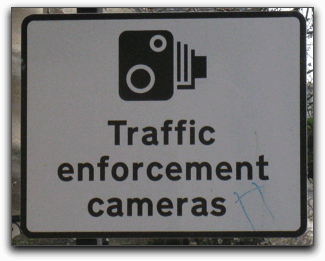
In contrast to the "retro" nature of the traffic camera, many of the inter-city busses we saw are fitted for WiFi:
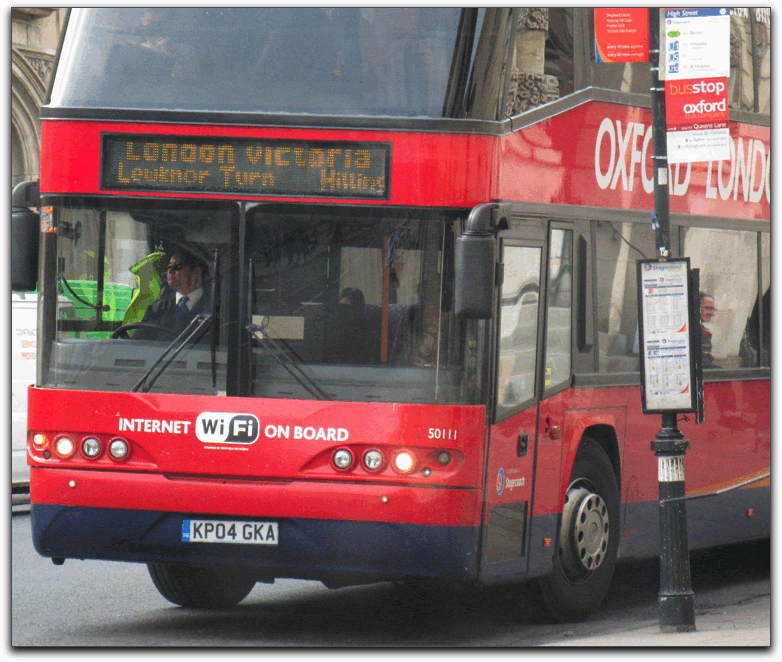
It is almost as though in Oxford, they are not sure whether time is going forward or backward (as illustrated by this clock in the breakfast room of our B&B):
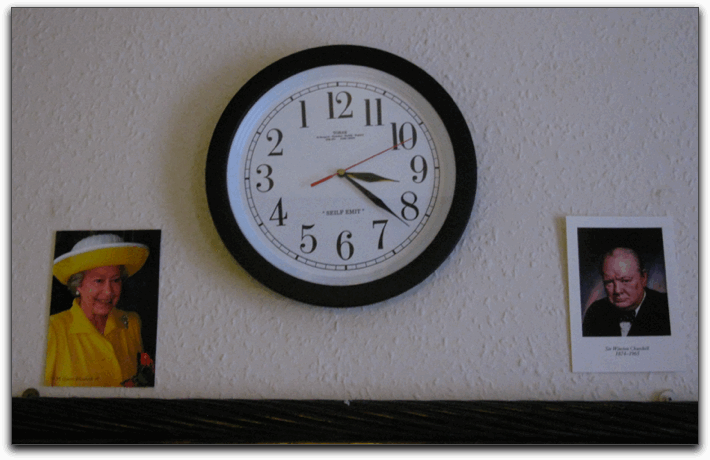
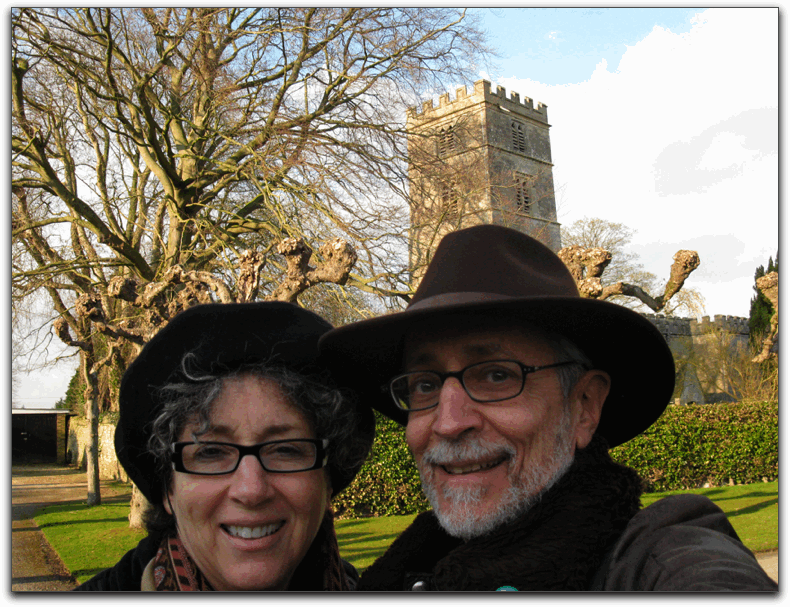
On our return to the city we walked to the Botanic Garden. We arrived after the gate had closed, but some other latecomers agreed to take our photo.
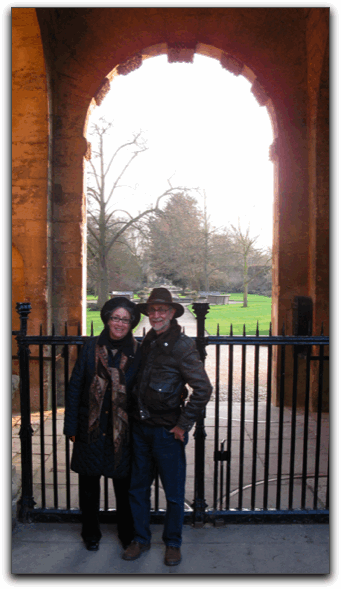
Mark was able to take the requisite photograph of picturesque Oxford
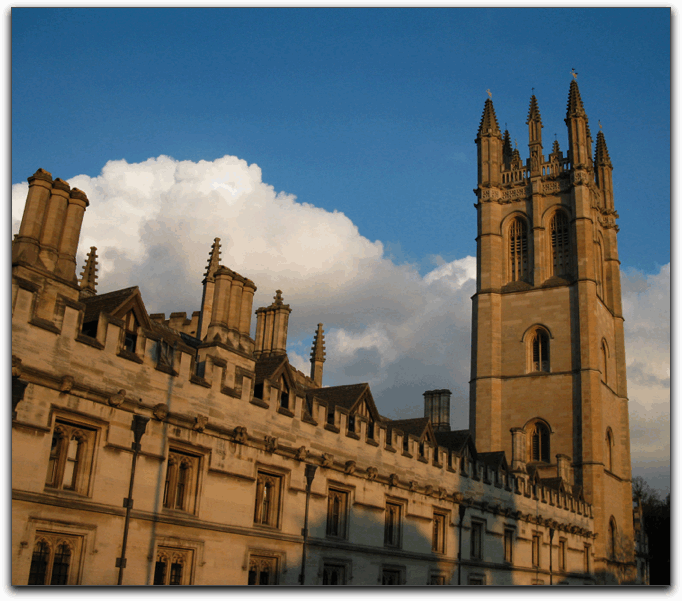
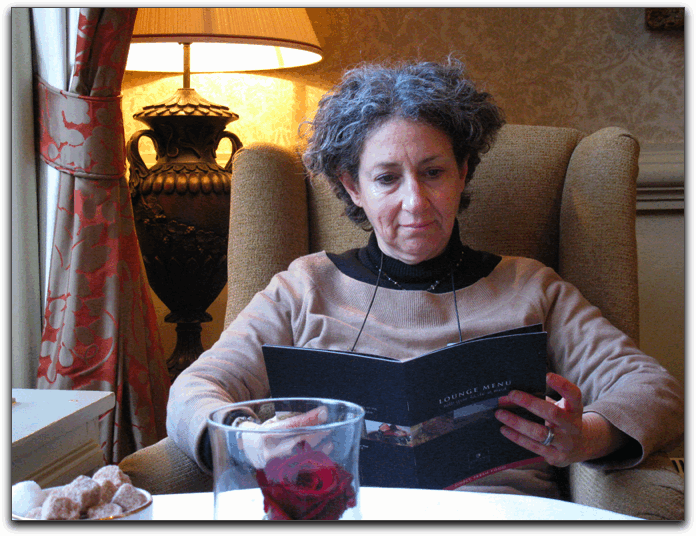
It had been a long day of learning and exploration and we brought it to a close early with a showing of Slumdog Millionaire at a local theater.
